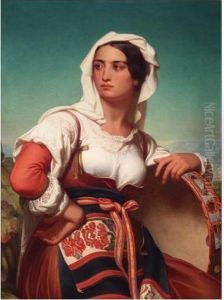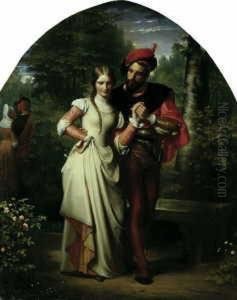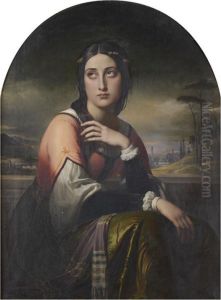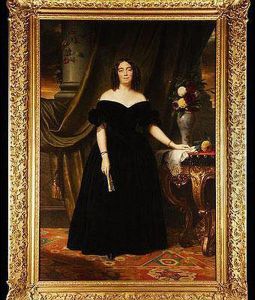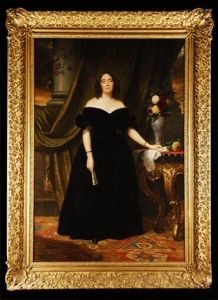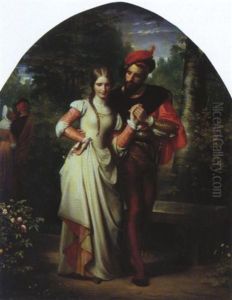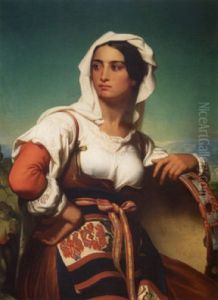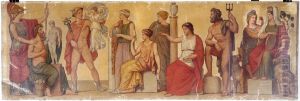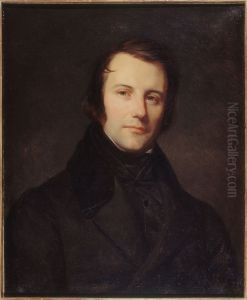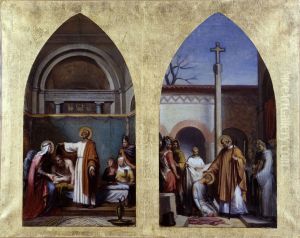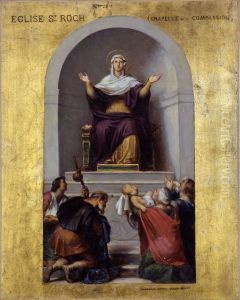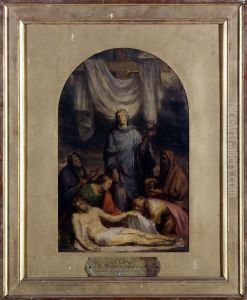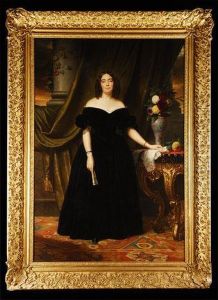Sebastien Cornu Paintings
Sébastien-Melchior Cornu was a French painter born on April 6, 1804, in Lyon, France. He was known for his historical and religious paintings, as well as his work as a muralist. Cornu displayed an early talent for art and went on to study at the École des Beaux-Arts in Paris. He trained under influential artists of his time, such as Antoine-Jean Gros, who was known for his large-scale historical paintings, and later under Hippolyte Flandrin.
Cornu became part of the artistic movements of his time, which were largely defined by a return to classicism and an emphasis on historical and mythological themes, a movement known as Neoclassicism. His work often reflected these themes, and he became particularly noted for his ability to capture the grandeur and solemnity of his subjects.
Throughout his career, Cornu received various commissions for church decorations and murals, which were highly regarded. He contributed to the decorative schemes of several important buildings in Paris, including the Palace of Versailles and the Luxembourg Palace. His works are characterized by their clarity of form and the use of rich, yet subdued colors.
Despite his success, Cornu's work was somewhat overshadowed by his contemporaries, such as Eugène Delacroix and Jean-Auguste-Dominique Ingres, who were leading figures in French painting at the time. Nonetheless, Cornu's contributions to French art were significant, particularly in the realm of religious and historical painting.
Sébastien-Melchior Cornu's career was also marked by his involvement in teaching. He played a role as an educator, imparting his knowledge and skills to the next generation of artists. His commitment to the arts extended beyond his own practice, reflecting the ethos of many artists of the period who were engaged in both the creation and dissemination of art.
Cornu passed away on March 29, 1870, in Paris. Today, his work is preserved in various museums and collections, where it continues to be studied and appreciated by art historians and enthusiasts alike. Cornu's legacy is that of a skilled painter who contributed to the rich tapestry of 19th-century French art, capturing the spirit of his age in the timeless language of paint.
